Machine Language Uses Mnemonic Codes
Machine codes are in shorthand English mnemonic codes are in binary. Machine codes are in shorthand English mnemonic codes are in binary.
In computer programming a mnemonic code is an abbreviated term that is used to define a specific command or function according to Techopedia.

Machine language uses mnemonic codes. Assembly language uses a mnemonic to represent each low-level machine instruction or opcode typically also each architectural register flag etc. Assembly language is a low-level programming language - it is closer to machine code binary than high-level programming languages like Python. QUESTION 6 N High-order Memory Interleaving The High-order Bits Of The Memory.
The operation codes are shown in the hexadecimal base 16 number system. None of the above. What is the meaning of mnemonic code.
So AND SUB and MUL are mnemonic. For example input is written as INP and output is written as OUT. Machine language has opcodes instead of assemblys mnemonics and these opcodes are usually just binary data.
The complete instruction set offers about 200 mnemonic codes. On RISC systems machine code is often a straightforward translation of assembly but on x86 systems in particular the two are quite different. None Of The Above.
Considering this what are mnemonic codes. Another name for machine code. It uses short mnemonic codes for instructions and allows the programmer to introduce names for blocks of memory that hold data.
Assembly Language Is Easier To Program In Than High-level Languages O Assembly Language Uses Alphabetic mnemonic Codes In Place Of Binary Strings. Assembly Language Is Not Translated Into Machine Language. A special compiler known as an assembler is used to convert assembly language instructions to machine code or object code.
Label and comments are optional. Machine codes are in binary mnemonic codes are in shorthand English. A program that joins pieces of code together.
A program that joins pieces of code together. Assembly language uses a mnemonic to represent each low-level machine instruction or opcode typically also each architectural register flag etc. What is the difference between a mnemonic code and.
Assembly language statements have four sections. In this language alphanumeric symbols are used to write programs instead of 0s and ls. In computer assembler or assembly language a mnemonic is an abbreviation for an operation.
In binary language 0 means OFF and 1 means ON state. Mnemonic code derives from the concept of traditional mnemonics in which abbreviations rhymes or simple stories are used to help people remember information. A sampling of assembly language mnemonics used with certain IBM mainframe computers.
Difference between assembly language and mnemonic. Assembly language programs are also machine dependent and not portable. AnswerMachine codes are in binary mnemonic codes are in shorthand English.
Another name for Pseudocode. AnswerMachine codes are in binary mnemonic codes are in shorthand English. Assembly Language It is a low level programming language that allows a user to write a program using alphanumeric mnemonic codes instead of numeric codes for a set of instructions.
It requires a translator known as assembler to convert assembly language into machine language so that it can be understood by the computer. A programming language that uses mnemonic codes. They are a label mnemonic operand comment.
In computer programming a mnemonic code is an abbreviated term that is used to define a specific command or function according to Techopedia. Report an issue. Assembly language is one level above machine language.
Assembly language uses mnemonic codes or symbols. HLL uses simple English words and mathematical operators. LISP was the first computer language for writing artificial intelligence programs.
Machine code isnt usually considered human-readable. They are get translated by the assembler. Assembly language uses mnemonics abbreviations of commands to signify instructions.
An assembler is a computer program for translating assembly language basically a mnemonic representation of machine language into object code. Many operations require one or more operands in order to form a complete instruction. A program that reads each of the instructions in mnemonic form and translates it into the machine-language equivalent Pseudocode A mixture of English and formatting to.
Another name for machine code. Its entered in the operation code field of each assembler program instruction. Many operations require one or more operands in order to form a complete instruction.
For example AND AC37 which means AND the AC register with 37. The language in which different mnemonics are used to write a program is called assembly language. In Little Man Computer which.
One might thus write add pay total instead of 0110101100101000 for an instruction that adds two numbers.

Solved Question 5 1 Poi Which Of The Following Is True A Chegg Com

Machine Language An Overview Sciencedirect Topics
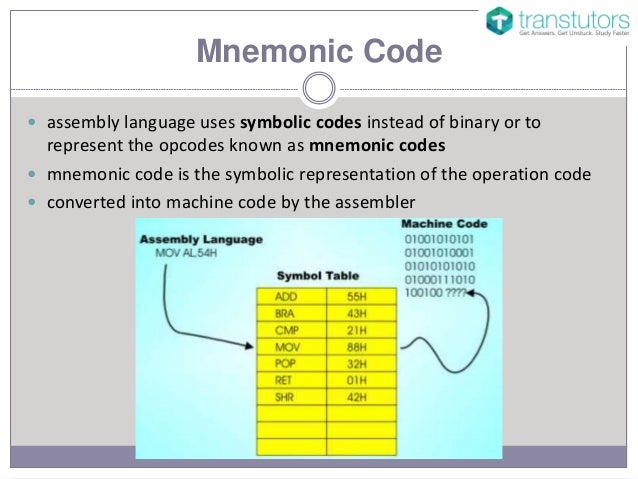
Operand And Opcode Computer Science

Difference Between Opcode Byte Code Mnemonics Machine Code And Assembly Stack Overflow
Assembly Language Ddg Assembly Language Programming Language
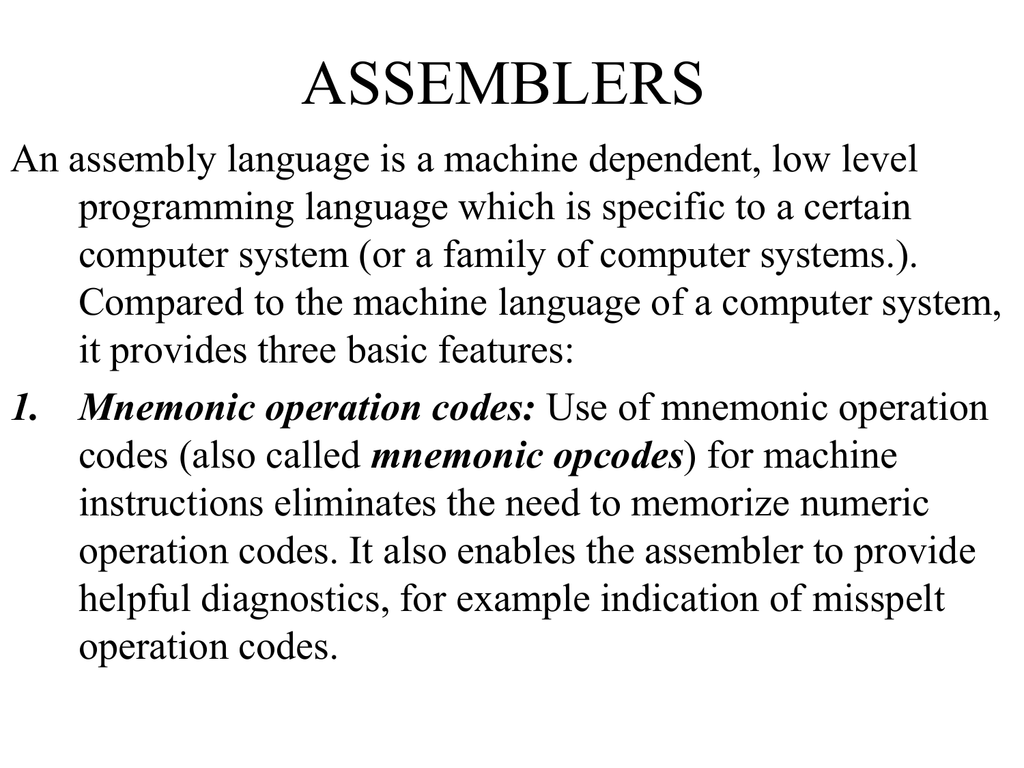
Mnemonic Operation Codes Computer Science

Machine Language Uses Mnemonic Codes Brainly In

Chapter 2a Assembler Introduction
Since Assembly Is The Lowest Level Programming Language Is Making A Compiler For It The Most Complicated Quora

Code I 1004 Computer Application In Business Ppt Download
Practical Task A452 Task Two Taught Lesson Ocr Gcse Computing
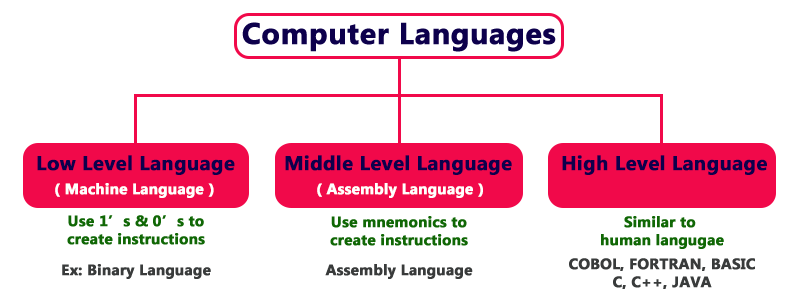
Machine Language Assembly Language High Level Language

Mnemonic Code For Plc Control Download Table

Machine Code An Overview Sciencedirect Topics

Machine Language An Overview Sciencedirect Topics


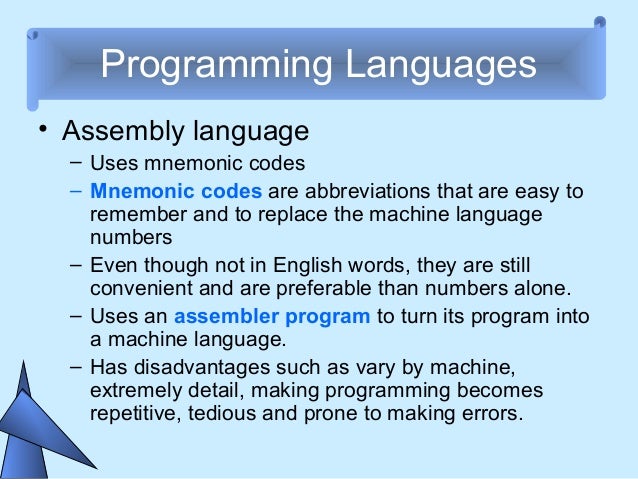
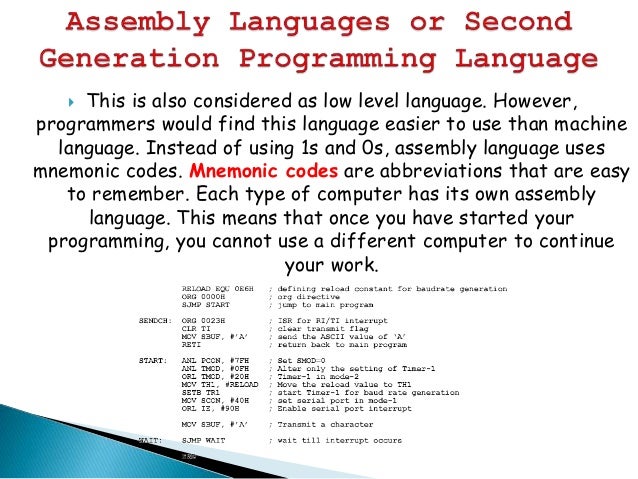
Post a Comment for "Machine Language Uses Mnemonic Codes"